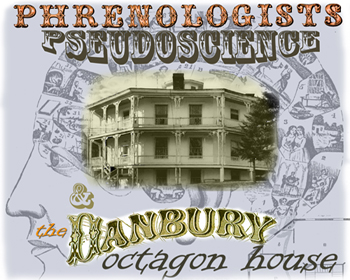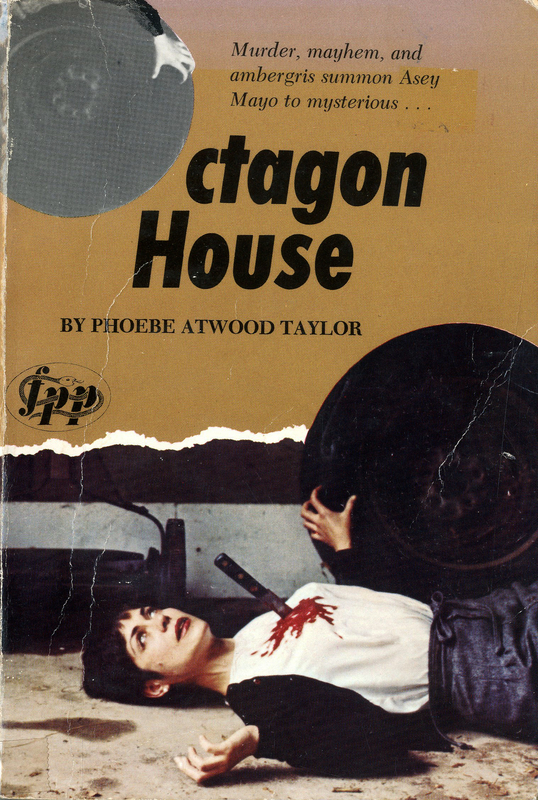The Mystique of Octagon Houses
"...there can be few architectural objects more characteristic of the nineteenth century in general, and the mid-century in particular, than the octagon house"
From:Fowler and the Domestic Octagon by Walter Creese
"It is difficult to determine why the popularity of the octagon subsided when it did. In this connection it should be noted, however, that in 1857 the last printing of A Home for All was probably made, that the same year saw the leasing of the Fishkill house, perhaps signifying a diminishing enthusiasm on Fowler's part, and that an economic depression began at that historical moment. The easiest course in accounting for the brevity of its development might be to describe it as being out of, or beyond, its time. Still there can be few architectural objects more characteristic of the nineteenth century in general, and the mid-century in particular, than the octagon house if one concentrates upon the causes and circumstances of creation rather than upon the end product. It was primarily an experiment pieced together by an amateur, the result of an uninhibited individualism... The psychological toleration of the bizarre, built up in the interest of a multiphased eclecticism, must have favored the rapid acceptance of the phrenologist's unusual plan. How well The Harbinger had characterized this period! 'Each property-owner expresses his peculiar idea of architecture, and independently carries them into effect.'"
Creese, Walter. "Fowler and the Domestic Octagon" The Art Bulletin.
Vol. 28, No. 2 (Jun., 1946), pg 102.
Below are links to newspaper articles regarding octagonal houses and efforts to preserve them.
Again from Creese's "Fowler and the Domestic Octagon"
"Yet it does seem permissible to call Fowler a significant architect. His extraordinary importance for his own age was the result of his faculty for accurately estimating and capitalizing upon the bubbling intellectual currents that surrounded him. A Home for All is still easily accessible. This little volume had at least seven printings between 1848 and 1857 and was the main instrument of propagation for octagonal house plans throughout the United States. These same years saw scores of octagons appear. But the best testimony to Fowler's importance for the times remains in the pages of contemporary carpenters' and builders' books. Their authors paid him the supreme compliment of quotation and illustration, and often included polygonal schemes of their own."
From:
Orson Squire Fowler: To Form a More Perfect Human
Dwight L. Young
The Wilson Quarterly (1976-)
Vol. 14, No. 2 (Spring, 1990), pp. 120-127
He left an enduring legacy, this skull reader/architect/sexologist. Through his dissemination and popularization of phrenology, he exerted a profound infuence on many of the most prominent people of his day. His championship of a range of noble causes, from female suffrage to sex education, prefigured the work of the great reformers of subsequent decades. The firm which he founded, Fowlers & Wells, was remarkable for its bold promotion of controversial themes and unknown writers such as Walt Whitman. Likewise, Fowler's excursion into architecture was much more than an endearingly whacky eccentricity. His advocacy of the octagon can be seen as a forerunner of Louis Sullivan's "form follows function" dictum, and his insistence on thoughtful planning and labor-saving conveniences predates Le Corbusier's concept of the house as a "machine to live in." While the octagon did not prove to be the panacea Fowler had hoped, it did leave its mark. The most famous architect of the 20th century frequently used octagonal forms in his buildings; his own studio, in fact, is in that shape. As it happens, he grew up in a art of Wisconsin in which a number of octagons were built in the wake of A Home for All. Surely he must have noticed them, perhaps even studied them. His name was Frank Lloyd Wright.

